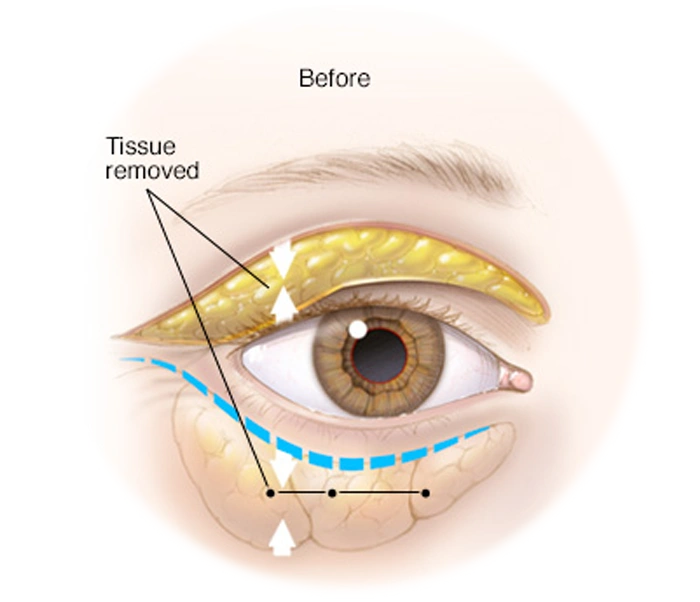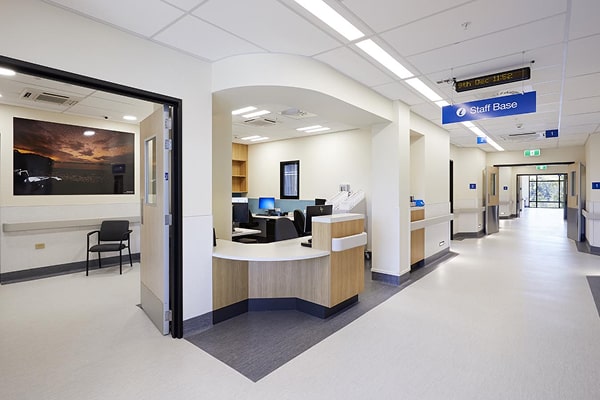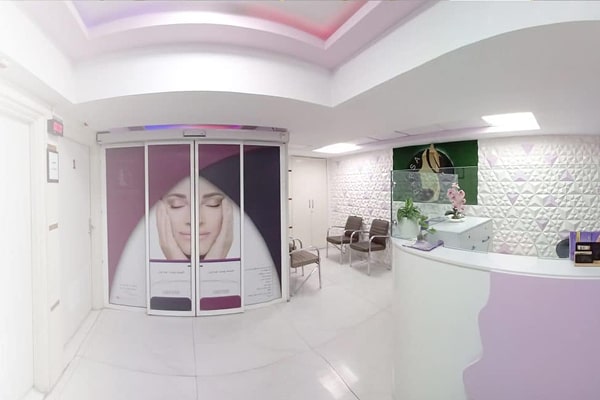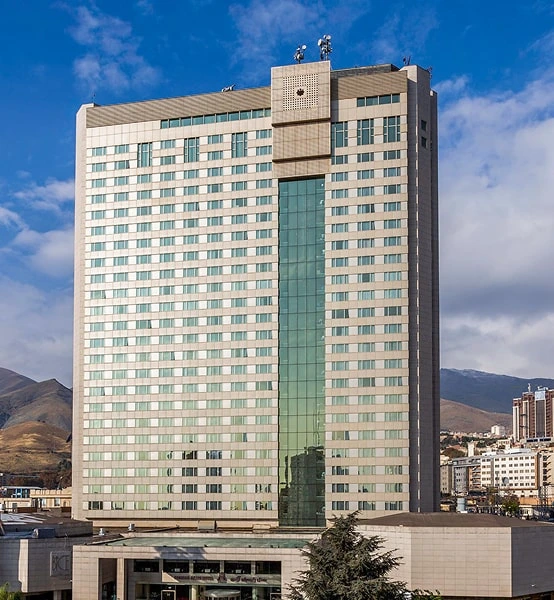Blepharoplasty Surgery: Eyelid Lifting and Enhancement of Eye Aesthetics
Blepharoplasty, also known as eyelid surgery, is one of the most popular cosmetic surgeries used to address eyelid issues, such as sagging eyelids or wrinkles around the eyes. This surgery can significantly improve a person’s appearance and make them look younger. Blepharoplasty is divided into two types: upper blepharoplasty (for the upper eyelids) and lower blepharoplasty (for the lower eyelids).
What is Blepharoplasty?
Blepharoplasty is a cosmetic or corrective surgery performed to address issues like sagging eyelids, under-eye wrinkles, and the removal of excess skin or fat bags under the eyes. This procedure can be beneficial both for aesthetic purposes and for resolving functional problems (such as vision obstruction caused by drooping eyelids).
Reasons for Undergoing Blepharoplasty Surgery
- Sagging Upper Eyelids: This condition causes the upper eyelid to droop, limiting the field of vision.
- Fat Bags and Excess Skin Under the Eyes: This issue usually arises with age, leading to wrinkles and the appearance of fat bags under the eyes.
- Wrinkles Around the Eyes: Blepharoplasty can help reduce wrinkles around the eyes.
- Functional Disorders: In some cases, sagging eyelids can lead to vision problems, which can be corrected through surgery.
Types of Blepharoplasty Surgery
- Upper Blepharoplasty: In this procedure, excess skin from the upper eyelid is removed, and in some cases, excess fat may also be removed. This surgery can help improve both vision and the appearance of the eyelids.
- Lower Blepharoplasty: This surgery is typically performed to remove fat bags and excess skin under the eyes. Lower blepharoplasty can help reduce puffiness or dark circles under the eyes.
- Non-Surgical Blepharoplasty: This approach involves the use of fillers, Botox, and non-invasive treatments to reduce eyelid sagging and wrinkles. This option is suitable for those who do not want to undergo surgery.
Stages of Blepharoplasty Surgery
- Consultation and Initial Evaluation: In this stage, the specialist assesses the eyes and eyelids. The patient’s aesthetic and therapeutic goals are reviewed, and the best surgical approach is chosen.
- Pre-Surgery Preparation:
- Evaluation of the patient’s overall health
- Stopping certain medications (if necessary)
- Pre-surgery testing
- Providing detailed instructions on post-surgery care
- Surgical Procedure:
- For upper blepharoplasty, small incisions are made along the natural eyelid lines to remove excess skin.
- For lower blepharoplasty, incisions are usually made along the inner edge of the lower eyelid or just beneath the lashes.
- In both methods, excess fat is removed if needed.
- Recovery and Post-Surgery Care:
- Patients may be discharged a few hours after surgery and are advised to rest.
- Some bruising and swelling are normal, but they typically subside after a few days.
- Pain-relieving and antibiotic medications are prescribed.
- Patients should avoid applying pressure to the eyes and refrain from touching the incision site.
Benefits of Blepharoplasty Surgery
- Younger Appearance: Blepharoplasty can give the face a fresher, younger look.
- Resolution of Functional Issues: For those experiencing vision impairment due to sagging eyelids, this surgery can result in significant visual improvement.
- Long-Lasting Results: The results of blepharoplasty last for several years, with excess skin and fat bags being permanently removed.
- Increased Confidence: Many patients feel better about their appearance after the surgery, gaining a significant boost in self-esteem.
Post-Surgery Care After Blepharoplasty
- Adequate Rest: It is essential for patients to get enough rest and avoid heavy physical activity after surgery.
- Medication Use: Anti-inflammatory drugs and antibiotics are necessary to prevent infection and reduce swelling.
- Care for Incision Sites: Patients should avoid rubbing and applying pressure to the eyes. They should also refrain from using cosmetics for several weeks after surgery.
- Managing Bruising and Swelling: Bruising and swelling typically reduce after a few days. Cold compresses can be helpful in this process.
Potential Complications of Blepharoplasty Surgery
- Infection: There is a possibility of infection at the surgical site, but it can be prevented with proper care and prescribed medication.
- Bruising and Swelling: These are common temporary side effects that usually improve after a few days.
- Eyelid Function Issues: In rare cases, there may be a problem with the normal movement of the eyelids, requiring further follow-up.
- Scarring: While incisions are made along the natural eyelid lines, scarring may occur in some cases.
Conclusion
Blepharoplasty is an effective and safe procedure for correcting eyelid issues that can significantly enhance both the appearance and function of the eyes. It helps individuals look younger and, in some cases, can resolve vision problems caused by drooping eyelids. To ensure optimal results, selecting an experienced surgeon and a reputable medical center is crucial.


















